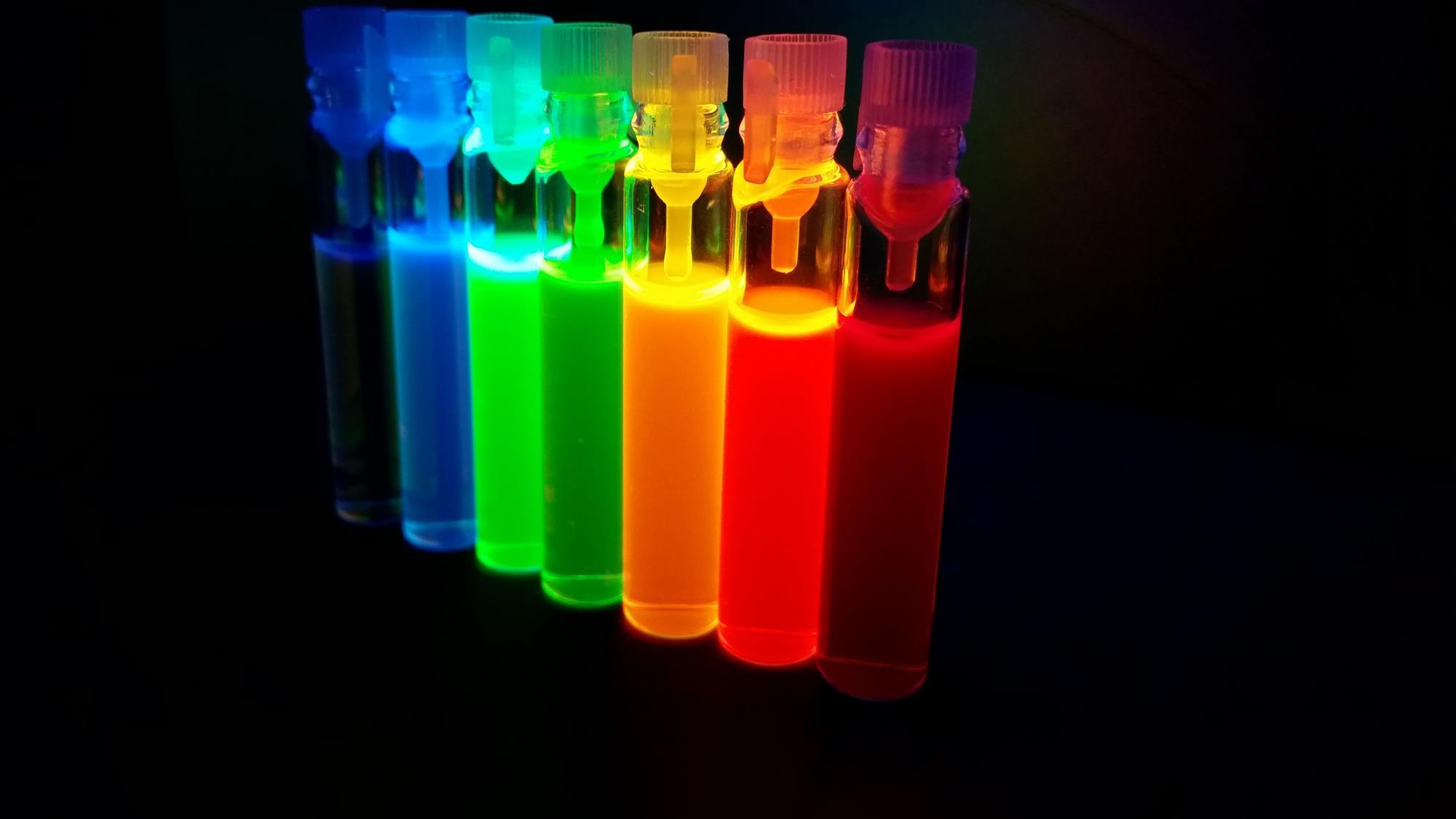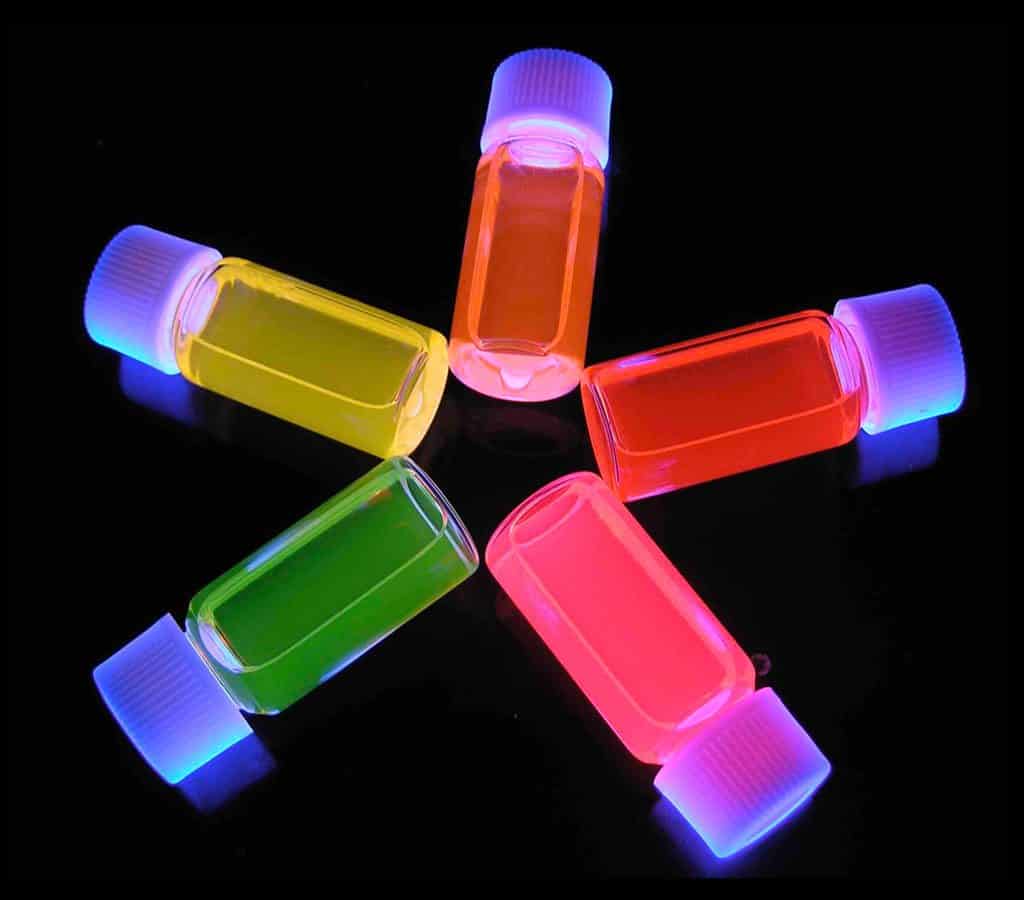Researchers Found Quantum Dots to Mark Tumours
A simple way to harness the incredible brightness of quantum dots and realize highly sensitive molecular imaging of cancer cells and other biomedical targets has been developed by researchers at the Riken research institute.
Quantum dots are semiconducting crystals just a few nanometres wide. They are typically made from combinations of transition metals and/or metalloids, just like regular semiconductors. Cadmium selenide and cadmium telluride are probably the most prominent compounds used in quantum dots.
As they are so small, a quantum dot’s excitons (a type of quasiparticle, where an excited electron combines with the positive hole it leaves behind) experience quantum confinement in all three spatial dimensions. Changing the size of a quantum dot changes its properties, in particular its fluorescence, meaning that they can be tuned to different colours. The smaller the nanoparticle, the narrower its photoluminescence wavelength; smaller dots emit blue light while larger ones emit red light.
“For molecular imaging inside the body, highly fluorescent probes that can target specific molecules are desirable for obtaining high-quality images,” says Takashi Jin from the RIKEN Quantitative Biology Center, who led the current study.
The researchers agree to the fact that quantum dots are
at least ten times brighter than conventional fluorescent probes based on organic dyes and fluorescent proteins, but faced challenges during the investigation attributable to how antibodies to their surfaces.Attempting to directly connect the tail of an antibody to the quantum dot surface caused the antibodies and the quantum dots to clump together.
Therefore, an adaptor protein was affixed to the quantum dot and then to attach an antibody to the protein. But it was seen that the adaptor proteins used to date are so bulky that they impair the performance of the probe.
Jin and his team have now overcome this problem by developing an adaptor protein, called HisGB1, that is two to three times smaller than previously reported adaptor proteins. A further advantage that HisGB1 proteins have over adaptor proteins reported to date is that they more readily bind to the surfaces of quantum dots.
“HisGB1 quantum dots can be used to simply prepare compact antibody–quantum dots conjugates that can enable highly sensitive molecular imaging,” says Jin.
During the course of this study, Her2 receptors, found in large numbers on the surfaces of certain breast cancer cells, were used as factors that the antibodies would recognise. The antibody–HisGB1 quantum dot conjugates later lit up the breast tumors of mice when the animals were examined under near-infrared illumination.
Without the antibody, the quantum dots did not accumulate in the tumor tissue, confirming that the antibody was playing the targeting role.
The ability to light up specific molecules inside living creatures has many potential applications, Jin says. “We would like to use HisGB1 quantum dots to non-invasively visualize the cellular dynamics in immune reactions and cancer metastasis.”































